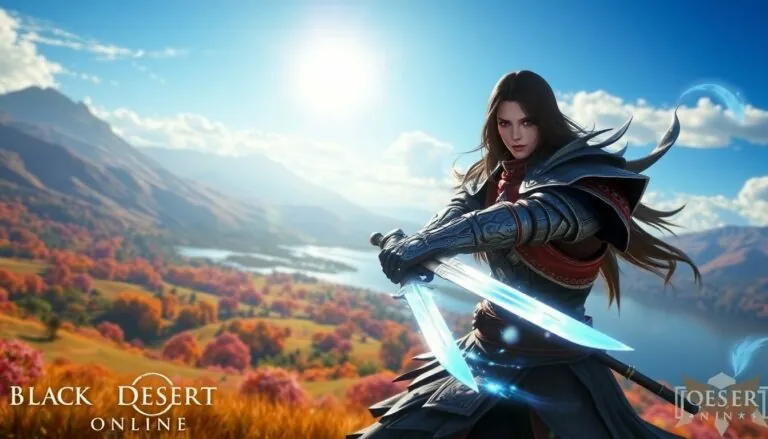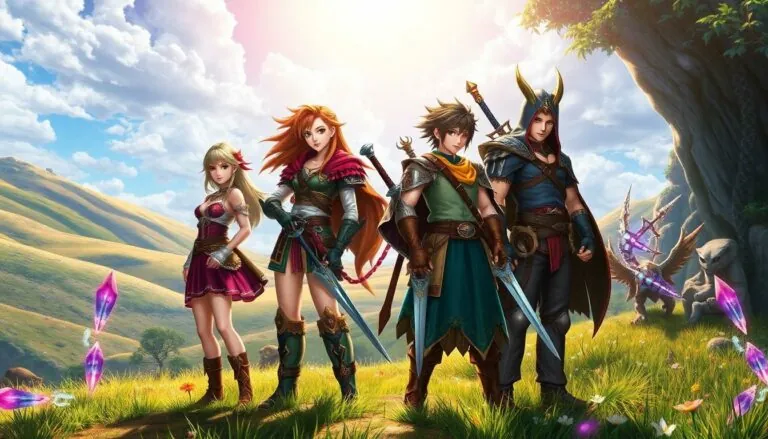When it comes to tactical shooters, Rainbow Six Siege stands out like a neon sign in a dark alley. With its intense gameplay and strategic depth, it’s no wonder gamers are eager to dive in. But before they grab their gear and jump into the fray, they might want to check the age rating. After all, not everyone is ready for the thrill of planning a heist or defusing a bomb—especially if they still need a bedtime story.
The age rating for Rainbow Six Siege sparks curiosity and debate among parents and gamers alike. Is it suitable for your young prodigy, or should they stick to coloring books for now? Understanding the rating not only helps in making informed decisions but also ensures that players are well-prepared for the challenges ahead. So, let’s break it down and find out what this game really has in store for its players.
Table of Contents
ToggleOverview of Rainbow Six Siege
Rainbow Six Siege stands out as a tactical shooter game known for its intense gameplay and strategic depth. Players engage in various scenario-based missions that require teamwork and planning. The focus on tactical gameplay ensures that each round presents unique challenges and opportunities to devise strategies.
Realism plays a key role in the game’s construction. Environments are destructible, allowing players to create strategic advantages by breaching walls or ceilings. Each operator comes with distinct abilities and gadgets that support diverse playstyles. This variety enriches gameplay while encouraging collaboration among team members.
In terms of age rating, Rainbow Six Siege is rated M for Mature by the Entertainment Software Rating Board (ESRB). The rating reflects the game’s intense violence, strong language, and thematic elements unsuitable for younger audiences. Parents should closely monitor their children’s engagement with the game, considering its age rating alongside individual maturity levels.
Additionally, graphics emphasize realism, which can be visually intense. The depiction of violence in gameplay promotes a need for player discretion. Gamers often encounter high-stakes scenarios that contribute to the game’s thrilling atmosphere.
Overall, Rainbow Six Siege appeals to mature audiences who enjoy strategic shooters. By understanding the game’s rating and content, players can make informed choices about participation. Engaging with Rainbow Six Siege requires awareness of its content, making it essential for players and guardians to assess its appropriateness.
Age Rating Explained
Understanding the age rating for Rainbow Six Siege is vital for players and parents. The game is rated M for Mature by the Entertainment Software Rating Board (ESRB), indicating that it’s suitable only for audiences aged 17 and older due to its content.
ESRB Rating Breakdown
The ESRB rating encompasses several key elements. Intense violence appears throughout gameplay, from gunfights to realistic scenarios. Strong language is prevalent, with frequent use of explicit terms that may not be appropriate for younger audiences. Themes include warfare and tactical strategy, adding to the mature content. The ESRB outlines these factors to help consumers make informed decisions on game appropriateness.
PEGI Rating Insights
The Pan European Game Information (PEGI) system provides additional context. Similar to ESRB, PEGI rates Rainbow Six Siege as 18, indicating that only adults should engage with the game. Violence is graphic and strategic, often requiring players to make tactical decisions under high stress. Language used in the game is strong, reflecting the intense scenarios and realistic portrayals of combat. Clear labeling through PEGI assists parents and guardians in gauging suitability for younger players.
Factors Influencing Age Rating
The age rating for Rainbow Six Siege reflects its content, impacting player suitability. Two primary factors play significant roles in determining this rating.
Violence and Gameplay
Intense violence characterizes Rainbow Six Siege, with realistic depictions of combat actions. Players engage in tactical scenarios involving gunfights and high-stakes missions, where teamwork is essential. Destructible environments increase immersion but also heighten the graphic nature of violence. Combat scenes often show blood effects, reinforcing the mature content. Situational tension arises from operators’ unique abilities, emphasizing strategy over pure aggression. Players experience the consequences of their actions, further contributing to the intensity. The cumulative effect of these factors warrants the M rating from the ESRB, making it suitable only for mature audiences.
Language and Themes
Strong language frequently appears in Rainbow Six Siege, reflecting the high-pressure environment of tactical warfare. Operators often use profanity during intense moments, which heightens the overall experience but may be inappropriate for younger players. Mature themes are also prevalent, such as the moral complexities of warfare and the psychological impact of conflict. These elements serve to create a realistic atmosphere, but they also underscore the game’s unsuitability for minors. Both the ESRB and PEGI ratings highlight these concerns, alerting parents and guardians to the game’s adult content. Understanding these aspects helps assess whether the game aligns with individual player maturity.
Comparison with Other Games
Rainbow Six Siege’s age rating of M for Mature by the ESRB rivals that of many other popular games. Call of Duty: Modern Warfare, another shooter, carries the same rating, reflecting shared themes of violence and strong language. Fortnite, aimed at a younger audience, boasts a T for Teen rating, highlighting its family-friendly design compared to Siege.
Mature games often feature intense violence, and Rainbow Six Siege is no exception. The game’s graphic depictions of combat parallel those found in Battlefield V, which also holds an M rating. Games like Overwatch, however, showcase cartoony violence, leading to a rating of T for Teen and making it more accessible to younger players.
Strong language concerns occur across various titles. The Last of Us Part II, rated M as well, features similar swearing and adult themes. Contrastingly, Animal Crossing: New Horizons maintains its E for Everyone rating by excluding such content.
Examining PEGI ratings reveals further comparisons. Rainbow Six Siege holds an 18+, similar to titles like Grand Theft Auto V. In contrast, games such as Halo: The Master Chief Collection receive a 16 rating, reflecting less mature content.
Overall, age ratings serve as essential indicators for player appropriateness and safety. Parents benefit from comparing these ratings when deciding on game selection for their children. Understanding these differences ensures informed choices about gaming experiences.
Conclusion
Understanding the age rating of Rainbow Six Siege is essential for anyone considering playing the game. With its M for Mature rating from the ESRB and an 18 rating from PEGI, the game features content that may not be suitable for younger audiences. Parents and guardians should take these ratings seriously and assess whether their children are ready for the intense violence and strong language present in the game.
Ultimately Rainbow Six Siege is designed for mature players who appreciate tactical gameplay and complex scenarios. By being informed about the game’s content and age ratings, players can make better choices that align with their values and comfort levels. This awareness ensures a more enjoyable and responsible gaming experience.





